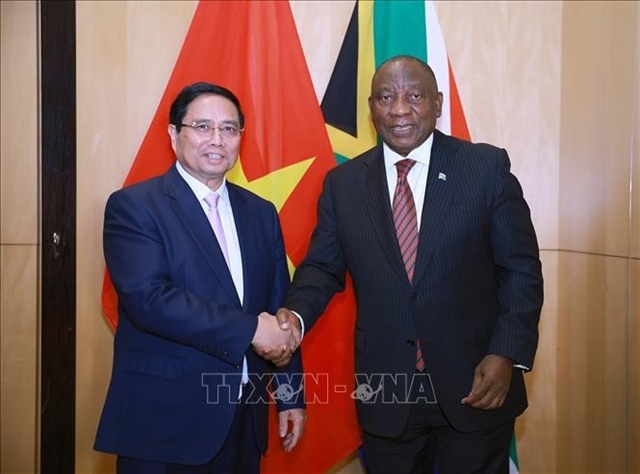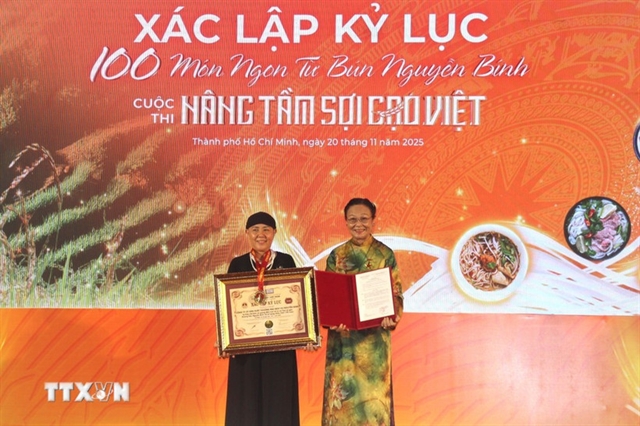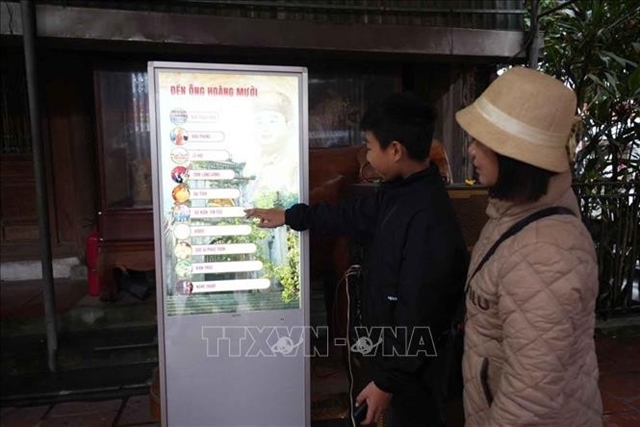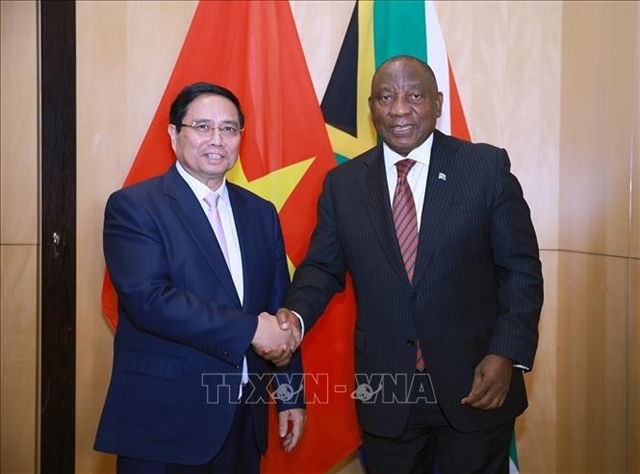 Politics & Law
Politics & Law
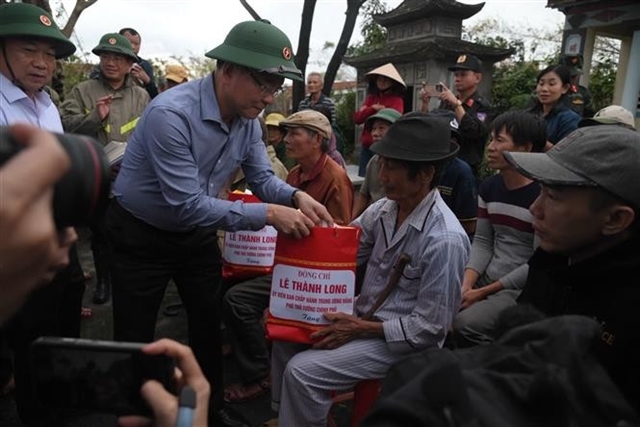
DPRK chairman Kim Jong Un and US President Donald arrived in Việt Nam on Tuesday, ready for the second DPRK-USA Hanoi Summit to be held on Wednesday and Thursday. Experts continue to share their views on the the historic event.
 |
Viet Nam NewsDPRK chairman Kim Jong Un and US President Donald arrived in Việt Nam on Tuesday, ready for the second DPRK-USA Hanoi Summit to be held on Wednesday and Thursday. Experts continue to share their views on the the historic event.
What will be the likely outcomes of the summit?
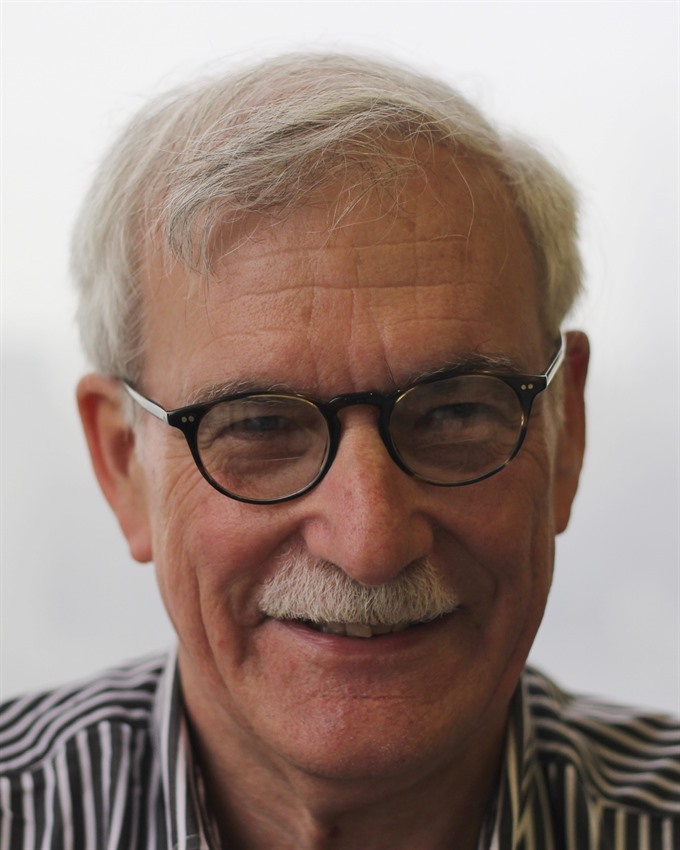 |
| Leon Sigal |
Prof Leon Sigal, Director, Northeast Asia Cooperative Security Project, Social Science Research Council, USA
North Korea wants a fundamental change in the relationship with the United States to move away from enmity. For a president of the US to sit down with a North Korean leader is a very clear sign that we are moving in the direction that the North wants. So it is an important step, particularly for them. It is also an important step for us because we are talking to their leader and that matters.
For North Korea, the US’s commitment to improve US-DPRK relations and move towards peace on the Korean Peninsula are long-standing fundamental issues because from the North’s vantage point, they want to see the United States end what they call a hostile policy, so steps to that end are critical reciprocal steps to get the North to move down the road in denuclearisation.
I think North Korea has prepared to stop making nuclear weapons and [Chairman] Kim Jong Un himself has committed to dismantle the fissile materials, plutonium and highly enriched uranium production facilities in Yongbyon and elsewhere. These are really important first steps if he follows through.
I suspect that this summit will be a surprise for sceptics around the world because there will be some concrete steps from both sides. I think it’s quite likely that the US will get some positive outcomes from the summit. First of all, there will be a halt in the production of fissile materials, plutonium and highly enriched uranium and that will be in time monitored by inspectors from the outside. Ultimately, it will lead to the dismantlement of the facilities because I suspect Kim probably means what he said as long as the US follows up on its end. The US is clearly prepared to do some steps to improve relationships. We have offered, as we have in the past, exchange of liason offices but I am not sure whether the North is interested in that but on the economic side we are willing to relax some sanctions. Also, I believe we are going to put a peace declaration on the table. That’s not a treaty but it’s a commitment to have a peace process that will culminate in a peace treaty. And that again is a key North Korean demand. And also I think we are no longer insisting upfront in having a complete inventory of the North Korean nuclear assets which always made no sense to me. We need to stop the programmes. The open question is whether we can also get a halt to production of intercontinental and intermediate-range missiles. I am not sure we are prepared to giving up to get that at this summit but that’s another issue that is potentially doable.
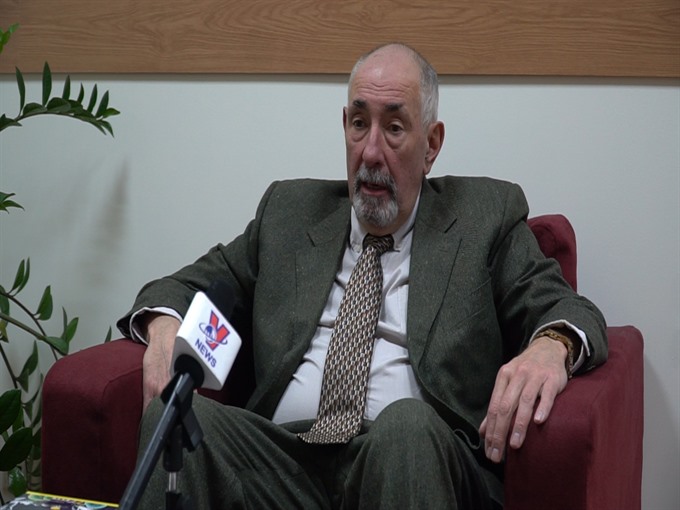 |
| Gregory Toloraya |
Gregory Toloraya, Director of the Asian Strategy centre at the Institute of Economy of the Rusian Academy of Sciences – a leading expert on the Korean Peninsula.
Projecting the success of the second meeting between US President Donald Trump and DPRK Chairman Kim Jong Un is almost like projecting the result of a football match. Though the two parties’ points of view may have been close to each other as reflected in the results of the two sides’ previous meetings, we shouldn’t rule out the possibility of “null and void”.
In my opinion, the meeting results will be decided by what’s happening at the meeting by itself. At present, the US has softened its point of views on the DPRK while the latter still keeps its old attitude toward Washington for the negotiations at their meeting in Hà Nội.
Based on President Trump’s personal characteristics, we can come up with two scenarios. In the first, a breakthrough is reached – the thing we all want to happen. In the second, no result is reached and the US President just closes the door and leaves the meeting room. Though in my opinion, the second scenario is unlikely to happen. I’m optimistic about the meeting this time between President Trump and Chairman Kim. As far as I know, Washington has floated the possibility of a statement to end the Korean war, however, whether such a statement has been drafted or not remains a secret. But people still pin their hopes on it. That’s why specific topics for the negotiations will only be known minutes before the meetings take place.
Washington has stated that the US sanctions will only be lifted when Pyongyang has implemented its denuclearisation programme. However, more recently, Washington lowered its tone and said in its course of denuclearisation, Pyongyang could go step by step. That means the US sanctions on Pyongyang will be gradually lifted. The lifting of the US sanctions is not Pyongyang’s pre-condition. What the DPRK wants is that the US changes its attitude towards a partnership. Washington has also dropped its demand on Pyongyang to openly declare all its nuclear manufacturing activities. Such a demand by Washington is absurd as it is like demanding that Washington provide all the locations of its missiles. Meanwhile, Washington has also stated it is willing to discuss the establishment of their respective liaison bureau offices – an issue which was raised more than 20 years ago under President Bill Clinton. If the liaison bureau offices are established in each respective country, this will become a direct liaison channel between the two nations.
The concept of denuclearisation still needs further discussions, particularly on what aspects it should cover. In short, Washington has openly stated what it wants to discuss with Pyongyang and Pyongyang needs patience and to be ready to take positive actions.
In 2017, Russia and China already came up with a roadmap with three stages.
The first stage, to freeze the nuclear programme and the programme was well implemented.
The second stage, the two sides started their negotiations and reached their set objectives.
And the third stage, the two sides will build a new system to help maintain peace in Northeast Asia. We all hope the third stage will soon be implemented.
How does Việt Nam benefit from hosting the summit?
Prof Leon Sigal
The past summit was featured by news organisationa and TV stations around the world. So it puts Việt Nam on the map in a way that no ordinary summits you have held like APEC could do. This one is way beyond that. The message that will come through to Americans is that we fought a war with you a lot more recently than you fought a war with North Korea, and we were able to make peace. That’s an important message to North Korea, too, that there necessarily be no permanent enemies in the world. And Việt Nam will be the centre of attention for a few days.
Director Gregory Toloraya
Upon learning that the USA-DPRK summit would be held in Việt Nam I was very happy. This is a message to both sides that the USA and DPRK should learn from Việt Nam as an example. For the DPRK, the message could be – the DPRK could leave behind the past and build new, fine relations like that of Việt Nam-US nowadays. If things go smoothly, Pyongyang may become like Hồ Chí Minh City of Việt Nam or even Singapore. — VNS


